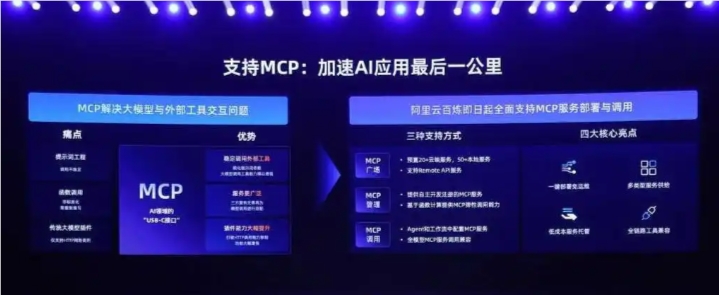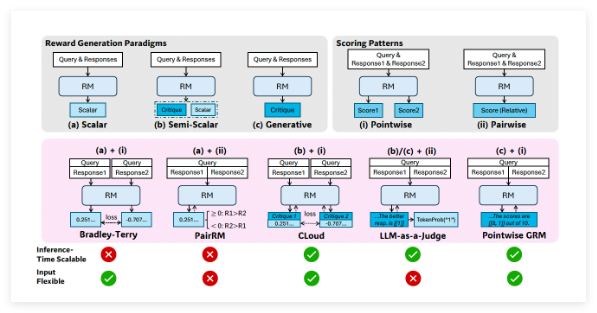Alibaba Cloud's Qwen series of AI large language models has recently made significant progress. Support for its next-generation model, Qwen3, has been officially merged into the vLLM (efficient large language model inference framework) codebase. This news has sparked considerable discussion in the tech community, signaling that Qwen3's release is imminent.
Qwen3 will reportedly include at least two versions: Qwen3-8B and Qwen3-MoE-15B-A2B, representing innovative approaches with different scales and architectures, generating significant anticipation among developers and enterprise users.
Qwen3-8B, the foundational model in the series, is expected to continue the Qwen family's excellent performance in language understanding and generation tasks. Industry speculation suggests this version might achieve breakthroughs in multimodal capabilities, handling text, images, and potentially other data types to cater to a wider range of applications. Meanwhile, Qwen3-MoE-15B-A2B employs a Mixture-of-Experts (MoE) architecture with 1.5 billion parameters, approximately 200 million of which are active. This design aims to achieve performance comparable to larger models while maintaining lower computational costs through efficient expert routing.

The integration of Qwen3 support into vLLM means developers can easily deploy the Qwen3 model using this high-performance inference framework for fast and stable inference tasks. vLLM is known for its efficient memory management and parallel processing capabilities, significantly improving the runtime efficiency of large models in production environments. This advancement not only paves the way for Qwen3's practical applications but also strengthens Alibaba Cloud's influence in the open-source AI ecosystem.
While the specific features and performance details of Qwen3 haven't been fully disclosed, the industry holds high expectations. The Qwen2.5 series previously demonstrated superior performance in coding, mathematical reasoning, and multilingual tasks, and Qwen3 is anticipated to further excel in these areas, particularly in resource-constrained environments. The introduction of the MoE architecture has also sparked discussion: compared to traditional dense models, Qwen3-MoE-15B-A2B may offer a superior energy efficiency ratio, making it suitable for deployment on edge devices or smaller servers. However, some question whether the relatively small 1.5 billion parameter scale will fully meet the demands of complex tasks, requiring empirical validation.
Alibaba Cloud's continuous investment in AI has established it as a major force in global open-source model development. From Qwen1.5 to Qwen2.5, each generation of models has been accompanied by advancements in both technology and the ecosystem. The arrival of Qwen3 signifies not only a technological upgrade for Alibaba Cloud but also a crucial step in seizing the initiative in the global AI race. As more details are revealed and the model is officially released, Qwen3 is expected to generate significant excitement within the developer community and enterprise applications, injecting new vitality into various scenarios ranging from intelligent assistants to automated workflows.








